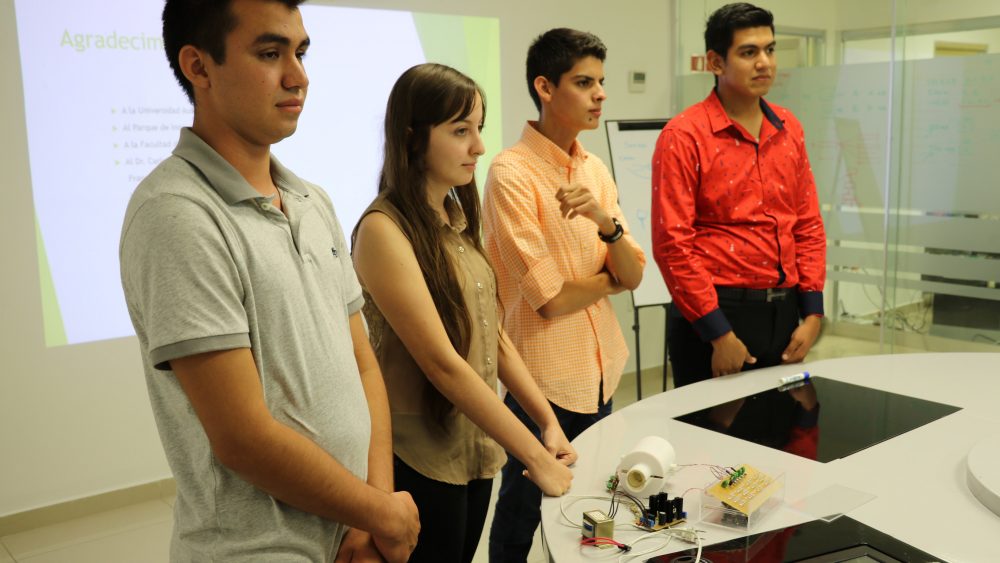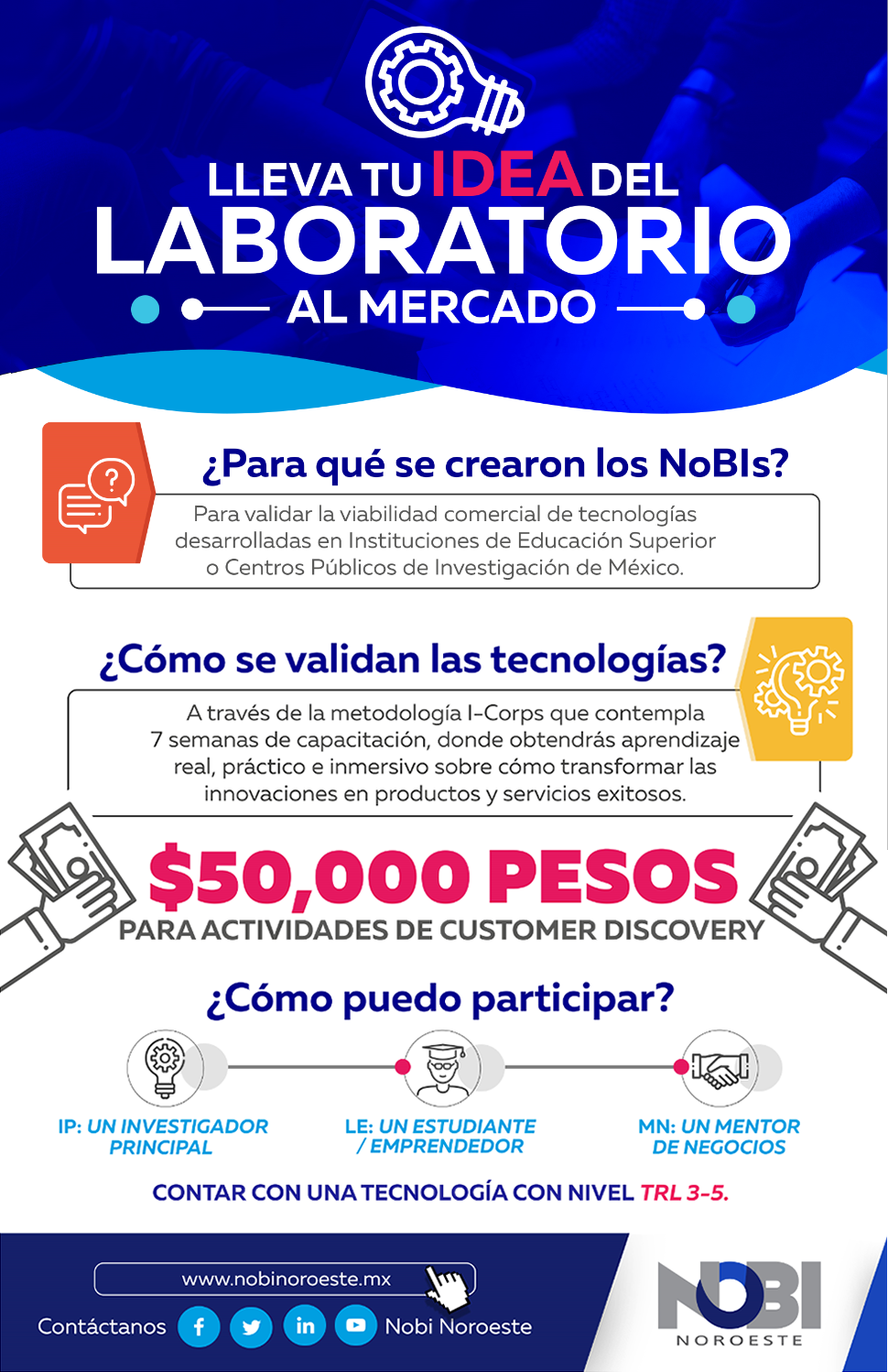On a meeting held on November 11th at the Technological Innovation Park (PIT) of the Autonomous University of Sinaloa (UAS), the students Darel Lugo, Guillermo Rojas, Norma Rodríguez and Omar Salazar, winners of the Challenge 10 of the Science, Technology and Innovation Camp (TechnoCamp 2016), presented the conclusions of their project Agrosen: Seed Flow Sensor for Traditional Seeders (jointly prepared with Francisco Espinoza). The students were chosen to work for six weeks at the PIT-UAS’ facilities, where they were provided with both the material and the advice necessary for the development of their prototype.
The project consists on the creation of a device that facilitates the use of seeders operated in the agricultural sector; the purpose of this sensor is to contribute to ensure a responsible use of the seeds, as well as to detect abnormalities in certain extensions of the field. The Agrosen prototype, installed correctly on a traditional seeder, works as a sensor that controls the flow of seeds from the use of an infrared light and two receptors.
«Although we’re all interested in different areas, we all share the taste for science and research. That got us even closer», Norma Rodríguez said, one of the participants in Agrosen’s design. In such a way, the link between the students to materialize this project generated a cross of disciplines that allowed to observe from a broader perspective the utilities of the device.
The young collaborators, helped by their wit and their skills demonstrated on the framework of the TechnoCamp 2016, presented a first prototype on the PIT-UAS’ Videoconferences Room. They also thanked the support and advice received by the specialists affiliated to the Park’s work. «That was a fundamental part of our project, to be able to feel in a nice work environment», Omar Salazar pointed out.
Also, one of the angular points of Agrosen’s benefits lies on the low prices that it pretends to generate through the maximum use of the resources, as it looks to avoid an inappropriate consumption of the seeds used on the agricultural fields. «What we want to do is solve this to have a better distribution of the agricultural supplies», said Darel Lugo.
On the other hand, Guillermo Rojas, before the pleasant experience he lived at the PIT-UAS, he shared his enthusiasm by materializing new ideas into technology and innovation. «It would be really good to me to continue developing on the scientific environment, with people that already have an established job, do my own work that can also allow me to act like a true researcher», he pointed out.
The team of students was reviewed by a jury during the formal presentation of the prototype. «It exceeds the expectations, from my point of view, because it is completely functional and, in fact, something surprising to me was that the members of the team are really clear about what their next steps will be», argued MCS Rogelio Prieto Alvarado, operational coordinator of the PIT-UAS. At the same time, the PhD Inés Vega López, head of the PIT-UAS’ Bioinformatics Laboratory, highlighted the low cost that materializing the idea represents. «They start from a problem that exists and present a solution. Also, the importance of this is that it is a cheap solution», assured. The PhD Carlos Duarte, of the Faculty of the Physical-Mathematical Sciences, commented on the prototype: «It is something with a good degree of complexity and the development does not need much work to finish into an applicable product. Since you already have that piece of hardware, you can programme plenty more things».
MBA José Ramón López Arellano, director of the facilities, personally congratulated the young entrepreneurs: «I would like to present this project in conferences and for some federal call, because it is something different and something that we wanted to experience this year, not with the businessmen but with you [the technocampers]», he said, leaving the PIT-UAS’ doors open for these five young talents.
Written by Diffusion and Communication, PIT-UAS, translated by Belem Ruiz (Edition and Communication, PIT-UAS).



 Parque Científico Tecnológico, Universidad Autónoma de Sinaloa © 2015
Parque Científico Tecnológico, Universidad Autónoma de Sinaloa © 2015